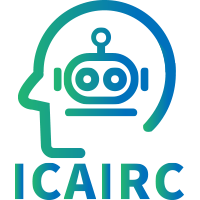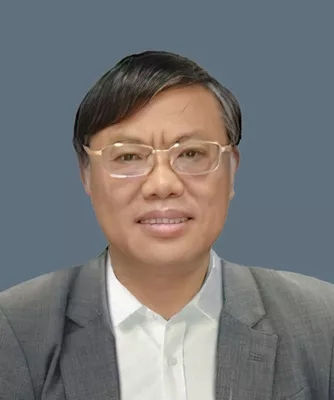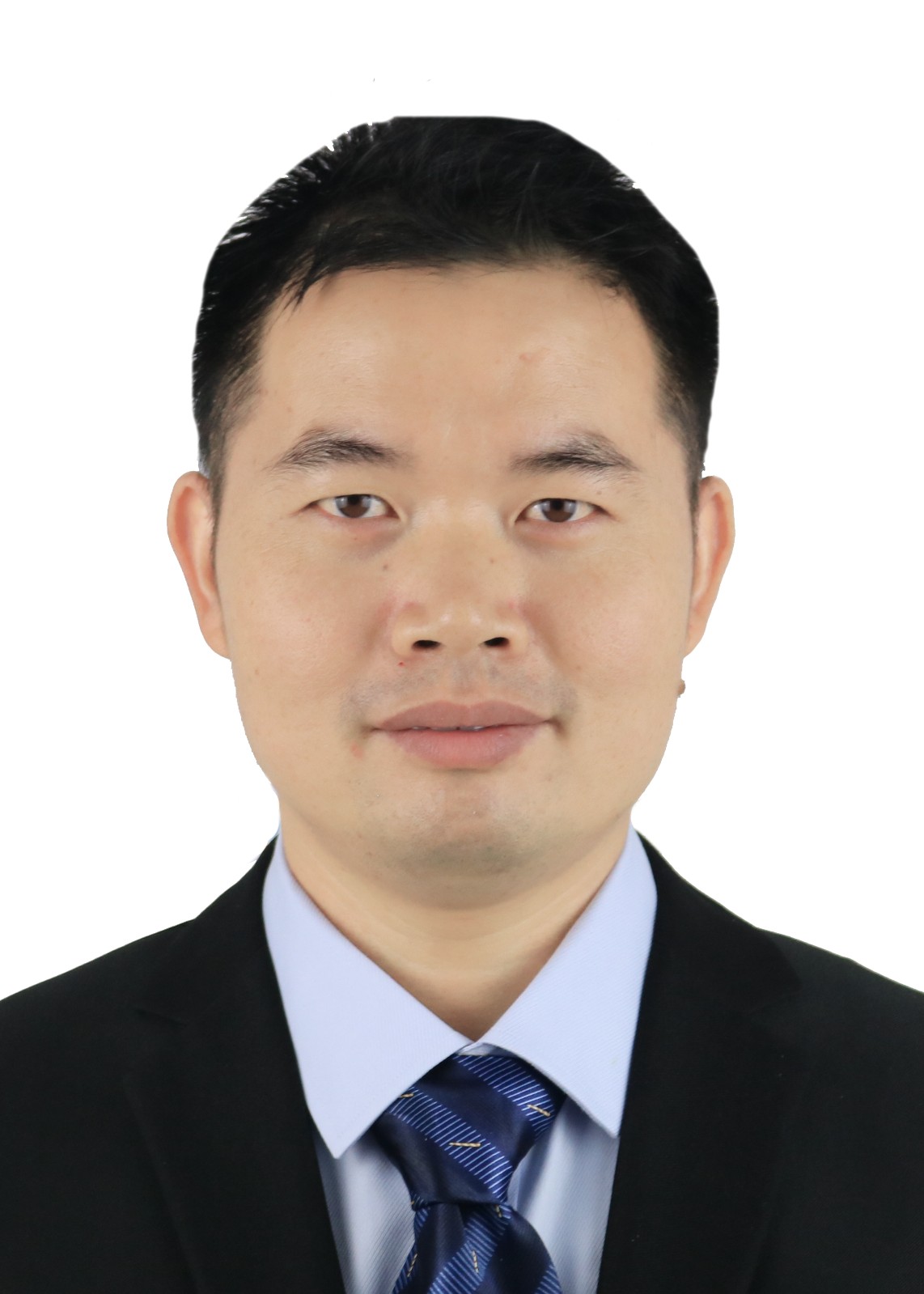
Speakers (2024)
Prof.De-Shuang HuangForeign Academician of Russian Academy of EngineeringIEEE Fellow, IAPR Fellow & AAIA Fellow Eastern Institute of Technology, Ningbo, China Bio: De-Shuang Huang is a Professor/Director in Biomedical Data Mining and Computing Lab, Ningbo Institute of Digital Twin, Eastern Institute of Technology, Ningbo, China. He is currently Foreign Academician of Russian Academy of Engineering, the Fellow of the IEEE (IEEE Fellow), the Fellow of the International Association of Pattern Recognition (IAPR Fellow), the Fellow of the Asia-Pacific Artificial Intelligence Association (AAIA), and associated editors of IEEE/ACM Transactions on Computational Biology & Bioinformatics and IEEE Transactions on Cognitive and Developmental Systems, etc. He founded the International Conference on Intelligent Computing (ICIC) and the International Conference on Applied Intelligence (ICAI) in 2005 and 2023, respectively. He also served as the 2015 International Joint Conference on Neural Networks (IJCNN2015) General Chair, July12-17, 2015, Killarney, Ireland, the 2014 11th IEEE Computational Intelligence in Bioinformatics and Computational Biology Conference (IEEE-CIBCBC) Program Committee Chair, May 21-24, 2014, Honolulu, USA. He has published over 480 papers in international journals, international conferences proceedings, and book chapters. Particularly, he has published over 260 SCI indexed papers. His Google Scholar citation number is over 24870 times and H index 82. His main research interest includes neural networks, pattern recognition and bioinformatics. His main research interest includes neural networks, pattern recognition and bioinformatics. Title: Deep Learning Based Biological Motifs Mining Abstract:Abstract: Transcription factor/Translation factor (TF) plays a central role in gene regulation. Knowing the binding specificities of TFs is essential for developing models of the regulatory processes in biological systems and for deciphering the mechanism of gene expression. In this talk, I will first present the fundamental issue for motif prediction of biological sequences, then systematically present motif prediction of biological sequences in combination with the popular emerging technology “Deep Neural Networks”. Firstly, we briefly introduce several classical models for deep neural network and the research status of biological sequence motif prediction. Secondly, we provide a detailed introduction to two types of models for sequence motif prediction, including the “sequence-level” and “nucleotide-level” models. Finally, we point out and over-review some new research problems in this aspect. |
|
| Prof. Nianyin ZengXiamen University, ChinaBio: Prof. Juyang Weng received the BS degree from Fudan University, in 1982, M. Sc. and PhD degrees from the University of Illinois at Urbana-Champaign, in 1985 and 1989, respectively, all in computer science. He is a former faculty member of Department of Computer Science and Engineering, faculty member of the Cognitive Science Program, and faculty member of the Neuroscience Program at Michigan State University, East Lansing. He was a visiting professor at the Computer Science School of Fudan University, Nov. 2003 - March 2014, and did sabbatical research at MIT, at Media Lab Fall 1999 – Spring 2000; and at Department of Brain and Cognitive Science Fall 2006-Spring 2007 and taught BCS9.915/EECS6.887 Computational Cognitive and Neural Development during Spring 2007. Since the work of Cresceptron (ICCV 1993) the first deep learning neural networks for 3D world without post-selection misconduct, he expanded his research interests in biologically inspired systems to developmental learning, including perception, cognition, behaviors, motivation, machine thinking, and conscious learning models. He has published over 300 research articles on related subjects, including task muddiness, intelligence metrics, brain-mind architectures, emergent Turing machines, autonomous programing for general purposes (APFGP), Post-Selection flaws in “deep learning”, vision, audition, touch, attention, detection, recognition, autonomous navigation, and natural language understanding. He published with T. S. Huang and N. Ahuja a research monograph titled Motion and Structure from Image Sequences. He authored a book titled Natural and Artificial Intelligence: Computational Introduction to Computational Brain-Mind. Dr. Weng is an Editor-in-Chief of the International Journal of Humanoid Robotics, the Editor-in-Chief of the Brain-Mind Magazine, and an associate editor of the IEEE Transactions on Autonomous Mental Development (now Cognitive and Developmental Systems). With others’ support, he initiated the series of International Conference on Development and Learning (ICDL), the IEEE Transactions on Autonomous Mental Development, the Brain-Mind Institute, and the startup GENISAMA LLC. He was an associate editor of the IEEE Transactions on Pattern Recognition and Machine Intelligence and the IEEE Transactions on Image Processing. Title: Handling Dynamic Behaviors in Environments via the Evolutionary Transfer Optimization Technique Abstract: Developing evolutionary transfer optimization(ETO)-based methods has become a novel trend in solving the dynamic multi-objective optimization problems, which dedicate to fully using the history searching experiences so as to accelerate the convergence in new environment. However, those ETO-based methods always suffer the challenge of negative transfer, and to overcome this issue, a hierarchical response system and a multi-strategy adaptive selection mechanism have been proposed, which alleviate the negative transfer from the aspects of "when to transfer" and "how to transfer", respectively. In particular, the former quantifies the environmental changes to make response, and the latter introduces the kernel mean matching method to match the data distribution so as to promote effective knowledge transfer. This report will give in-depth discussions on the motivation and effectiveness of the proposed methodologies, which inspires more thoughts on how to overcome the bottleneck of negative transfer. |
Prof. Liansheng WangXiamen University, ChinaBio: Wang Liansheng is currently a professor at the School of Information at Xiamen University, a dual-appointed professor at the Department of Gastroenterology at the School of Medicine, a doctoral supervisor, the deputy director of the Digital Fujian Health and Medical Big Data Research Institute, and the deputy leader of the AI group of the Radiology Branch of the Fujian Medical Association, Vice Chairman of MICS. He has been engaged in medical image processing research for a long time. He has hosted and participated in a number of scientific research projects, including the National Natural Science Foundation of China Instrument Project, the Ministry of Science and Technology’s Scientific and Technological Innovation 2030, the National Key R&D Project, the National Natural Science Foundation of China and Youth Projects, etc. His publications include Nature Machine Intelligence , Nature Communications, Cell Patterns, TMI, MedIA, CVPR/AAAI and other related research papers, and won the Tencent Rhinoceros Research Award, CSPE Young Investigator, the second prize of the Fujian Province Science and Technology Progress Award, and the 2023 Xiamen University Field Award The first prize of the Zhaowu Interdisciplinary Award, and led the team to win the championship in international medical imaging competitions 11 times. |
|
| Prof. Philippe Fournier-VigerShenzhen University,ChinaBio: Philippe Fournier-Viger (Ph.D) is distinguished professor at Shenzhen University (China). Five years after completing his Ph.D., he came to China in 2015 and became full professor after receiving an important talent title from the National Science Foundation of China. He has published 415 research papers related to data mining algorithms for complex data (sequences, graphs), intelligent systems and applications, which have received more than 15,000 citations (H-Index 63 - Google Scholar). He is the founder of the popular SPMF data mining library, offering more than 250 algorithms to find patterns in data, cited in more than 1,000 research papers. He is former associate editor-in-chief of the Applied Intelligence journal and has been keynote speaker for over 50 international conferences and co-edited four books for Springer. He appears in the top 2% of researchers for scientific influence in the Stanford list, and is a Elsevier ?Highly Cited Chinese Researcher? (2022). Website: http://www.philippe-fournier-viger.com. Title: Advances and challenges for the automatic discovery of interesting patterns in data Abstract: Intelligent systems and tools can play an important role in various domains such as for factory automation, e-business, and manufacturing. To build intelligent systems and tools, high-quality data is generally required. Moreover, these systems need to process complex data and can yield large amounts of data such as usage logs, images, videos, and data collected from industrial sensors. Managing data to gain insights and improve these systems is thus a key challenge. It is also desirable to be able to extract information or models from data that are easily understandable by humans. Based on these objectives, this talk will discuss the use of data mining algorithms for discovering interesting and useful patterns in data generated from intelligent systems and other applications. The talk will first briefly review early study on designing algorithms for identifying frequent patterns. Then, an overview of recent challenges and advances will be presented to identify other types of interesting patterns in more complex data such as graphs and sequences. Topics that will be discussed include high utility patterns, locally interesting patterns, and periodic patterns. Lastly, the SPMF open-source software will be mentioned and opportunities related to the combination of pattern mining algorithms with traditional artificial intelligence techniques for intelligent systems will be discussed. |



